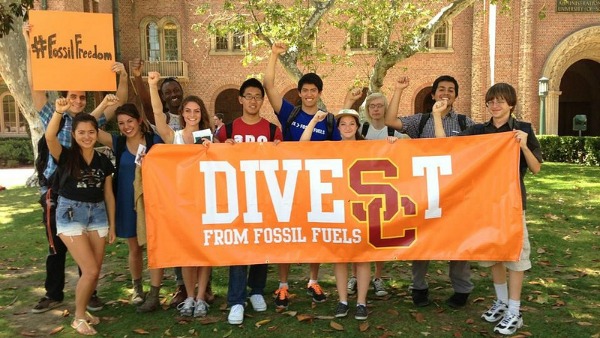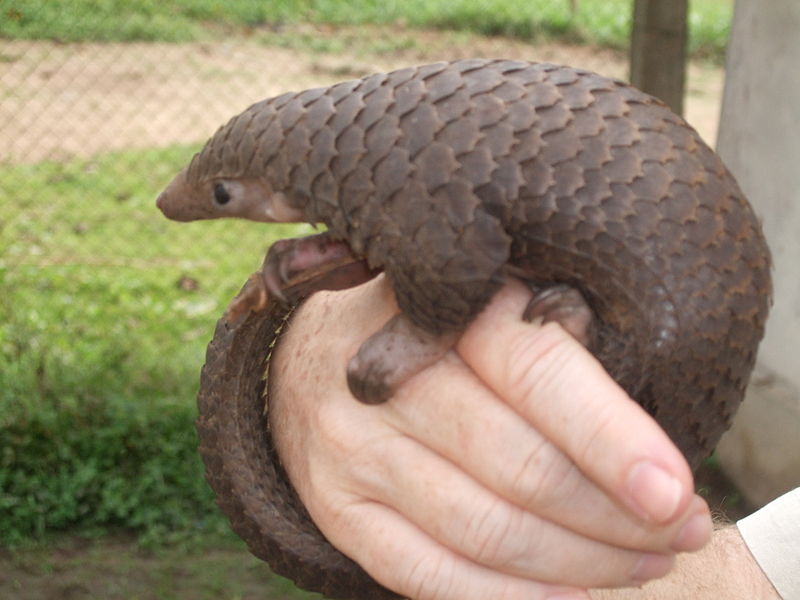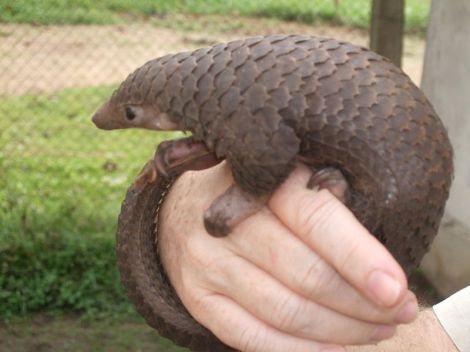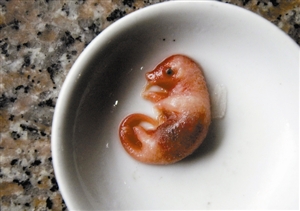Here are some things to know about the pangolin, according to National Geographic. “The pangolin is not very ferocious. It doesn’t even have teeth. And it’s not very fast.” Its only defense is curling into a tight ball. And as it turns out, that’s not good enough to protect you from a human with a fork.
[protected-iframe id=”16c76c57bf1d27215331d80a4ac6582b-5104299-2589372″ info=”http://images.nationalgeographic.com/wpf/sites/video/swf/ngplayer_v2.5.swf” width=”470″ height=”289″]
There are eight species of pangolin, and all eight are in decline. A couple are well on their way to extinction.
Why? Because people are eating them.
Who would eat a pangolin?
People who can, just for the heck of it, John R. Platt writes, at SciAm:
“This guy ordered a pangolin just because he could afford it,” Challender says, noting the man paid between $600 and $700 for the animal. “A friend had recommended it to him.”
The restaurant owners brought a pangolin out in a bag and tipped the live animal onto the customer’s table, where it sat in the defensive ball that both protects and dooms them. “They tried very hard to uncurl it, because they’re very strong animals. It quickly dawned on me that this creature had had it and there was very little I could do to intervene.” A few minutes later the animal was killed, prepared and eaten.
Their scales are also valued in Chinese medicine. In essence, China’s pangolin population has been decimated and now they’re being supplied, illegally, from Southeast Asia. We can’t even. It doesn’t even have teeth! It has no chance! Can’t people just leave the pangolins alone?






